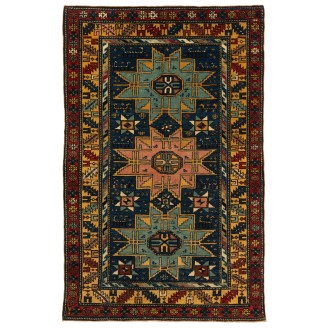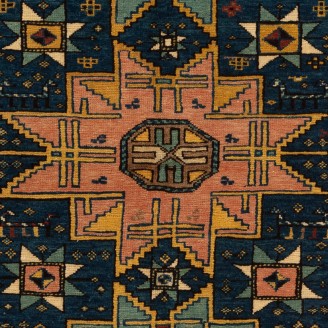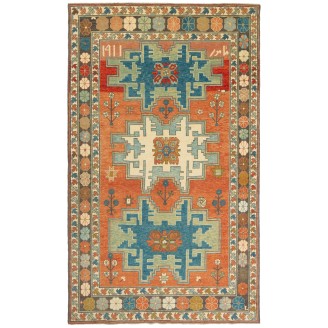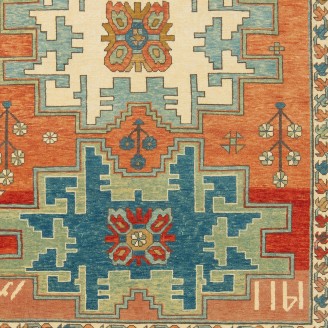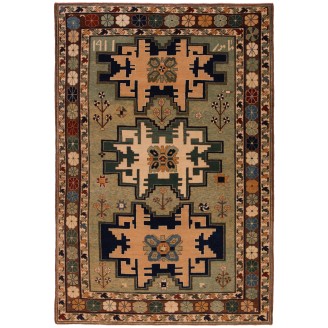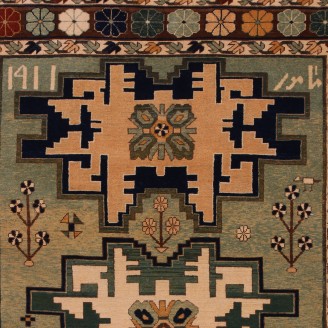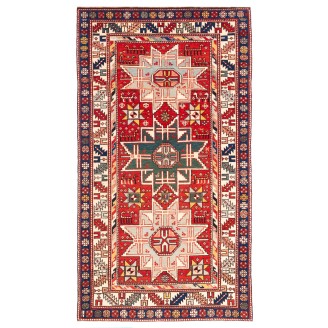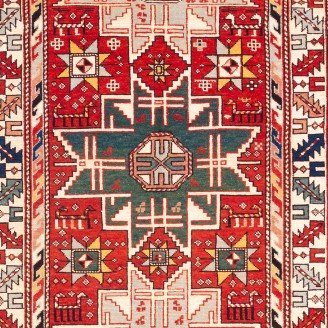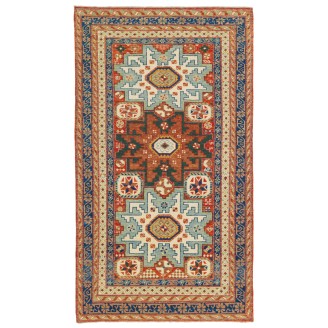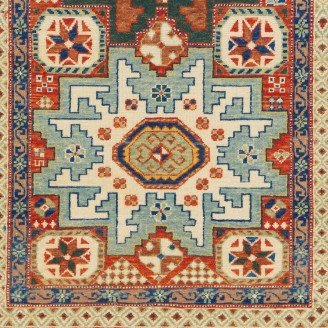Lesghi Star Kuba Rug
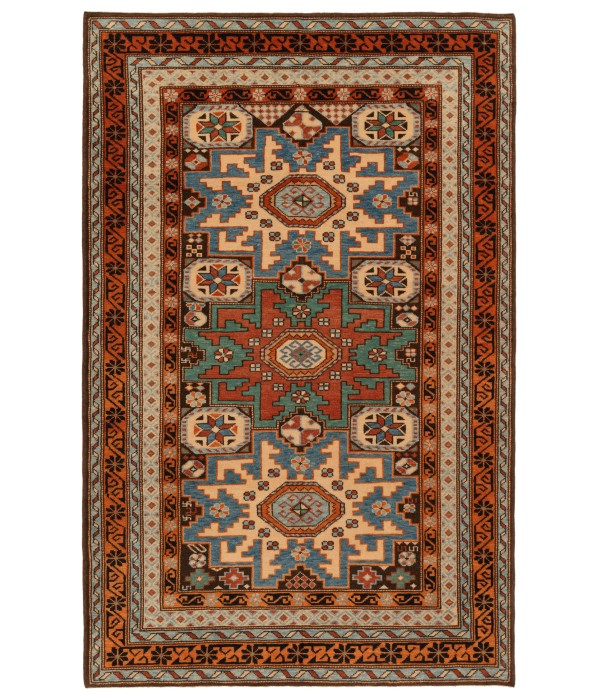
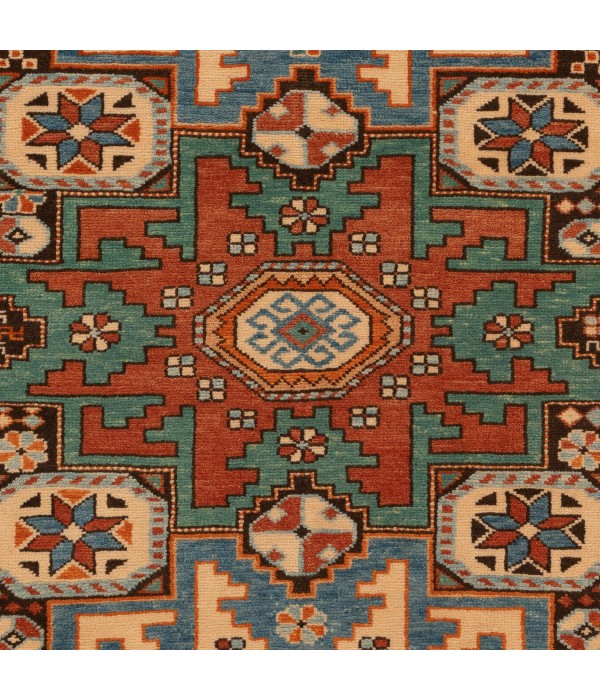
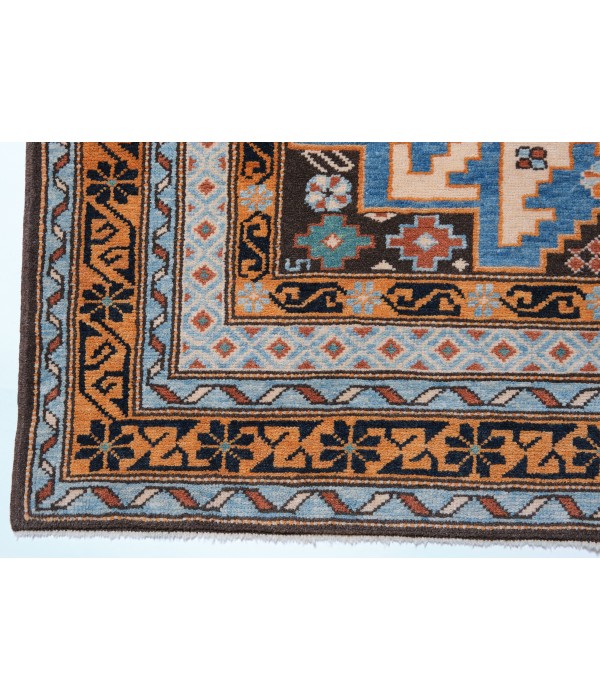
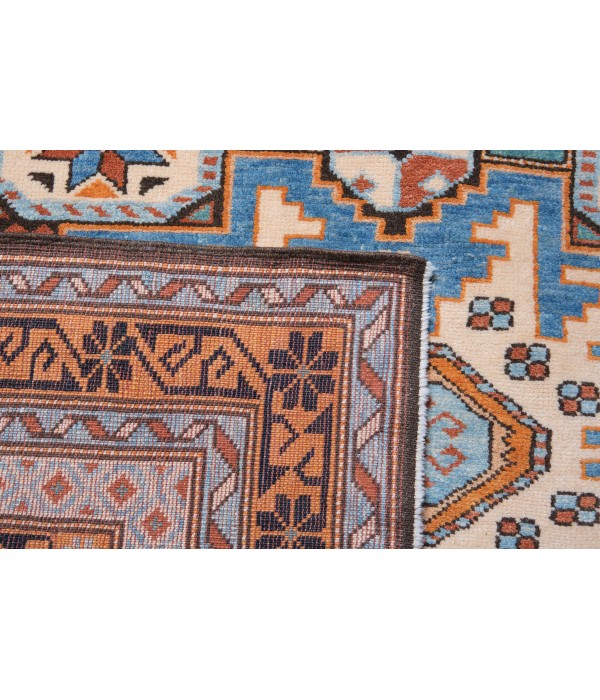
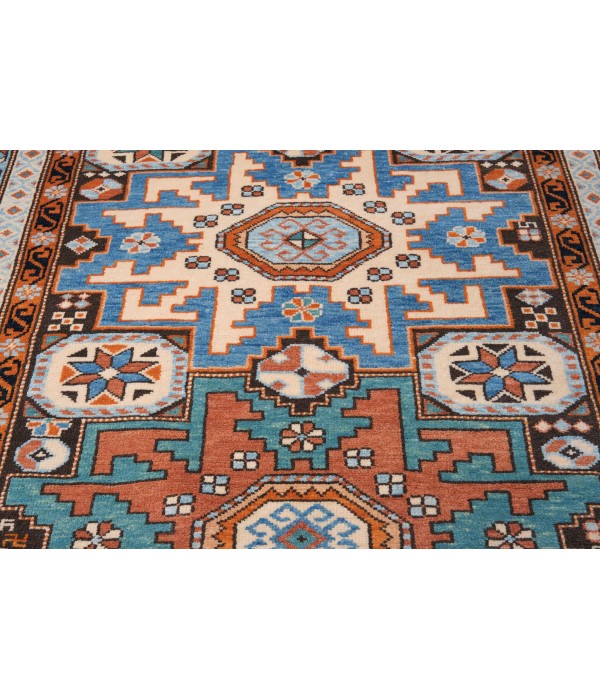
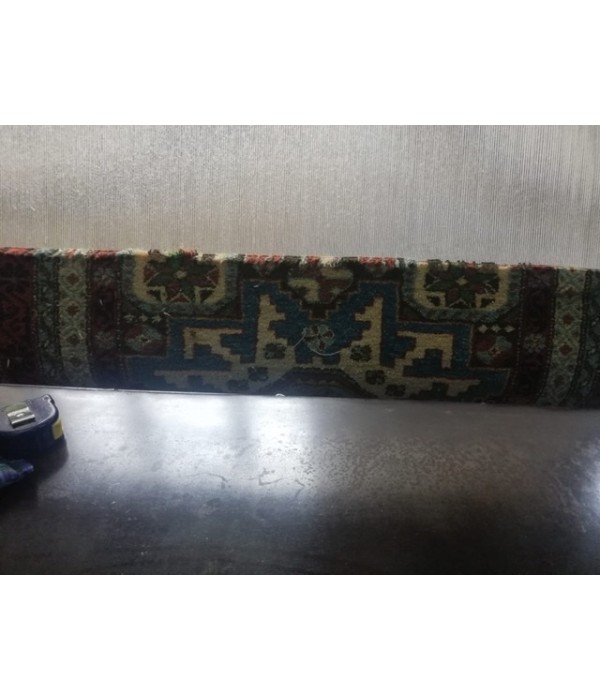
Out Of Stock
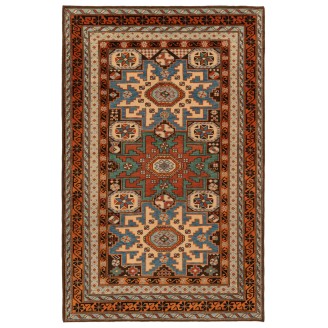
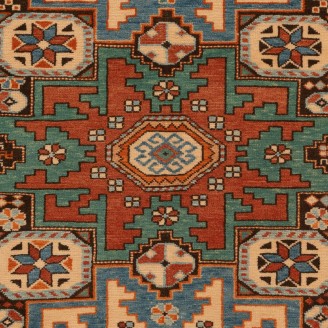
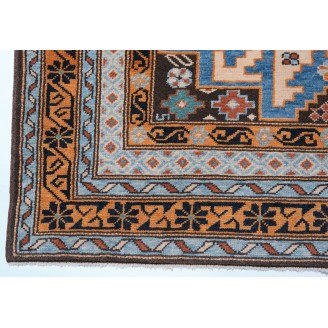
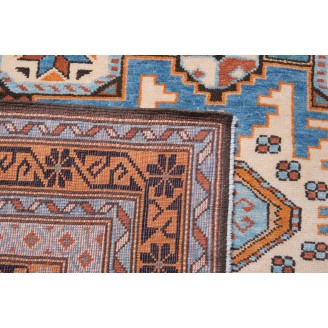
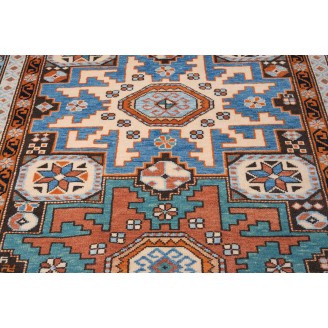
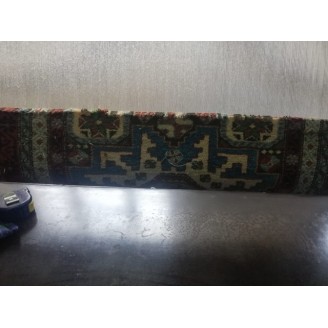
Model: ART00407Lesghi Star Kuba Rug
Group: Caucasian Rugs Family
Area: Kuba region
Material of Pile: Natural Dyed Hand-spun Wool
Material Warp / Weft: Wool on Wool
Structure: Symmetrical knot
Knots Density: 36x29
Pile (mm): 5
Production Place: Southeastern Anatolia – Adiyaman Province -Gerger
Weight: 6.10kg
Location: Tokyo
Stock: Out Of Stock
Dimensions:
The source of the rug comes from the book Tapis du Caucase - Rugs of the Caucasus, Ian Bennett & Aziz Bassoul, The Nicholas Sursock Museum, Beirut, Lebanon 2003, nr.91 and Oriental Rugs Volume 1 Caucasian, Ian Bennett, Oriental Textile Press, Aberdeen 1993, pg.326 and Caucasian Carpets, E. Gans-Reudin, Thames and Hudson, Switzerland 1986, pg.236. This is a large stellar medallion as "Lesghi stars" rug from the 19th century, Kuba region, Caucasus area. Lesghistan, with this name, we encounter another of the mysteries of east Caucasian weaving which scholarship has still to resolve satisfactorily. The Lesghi are one of many tribes who once inhabited the northeastern area of the Caucasus. There would seem to be little evidence for attributing to them the rugs which are currently described in the West by many dealers and writers as 'Lesghi'-in most cases, this means pieces which have on them large serrate-edged square-section stars, the so-called "Lesghi stars". It is framed with a series of borders with floral decorations. Our designers interpret the design of this rug and soft colors are chosen for this rug.
Color summary: 9 colors in total, most used 4 colors are;
Color summary: 9 colors in total, most used 4 colors are;
- Bistre Brown 411 (Pomegranate - Madder Root)
- Ginger Church 12 (Spurge - Madder Root)
- Turquoise 330 (Spurge - Madder Root - Indigo - Walnut Husk)
- Wax Flower 530 (Spurge - Madder Root - Reseda Luteola)
Dimensions:
4 ft 1 in x 6 ft 3 in ( 125cm x 192cm )
Price:
$2,700
Ex Tax: $2,700

